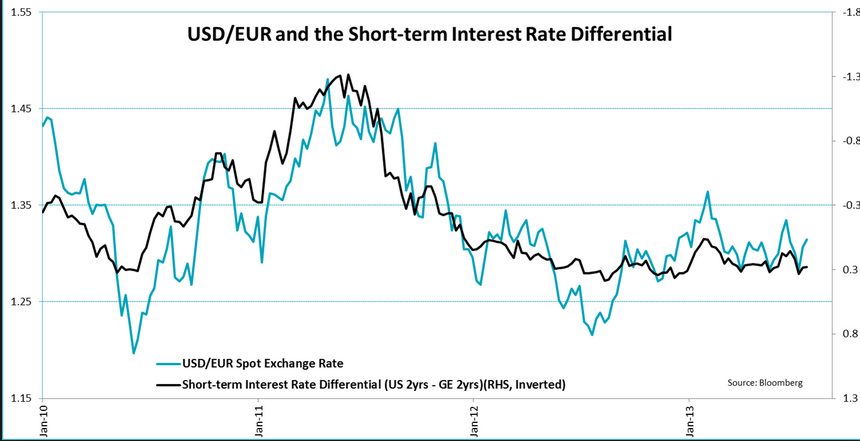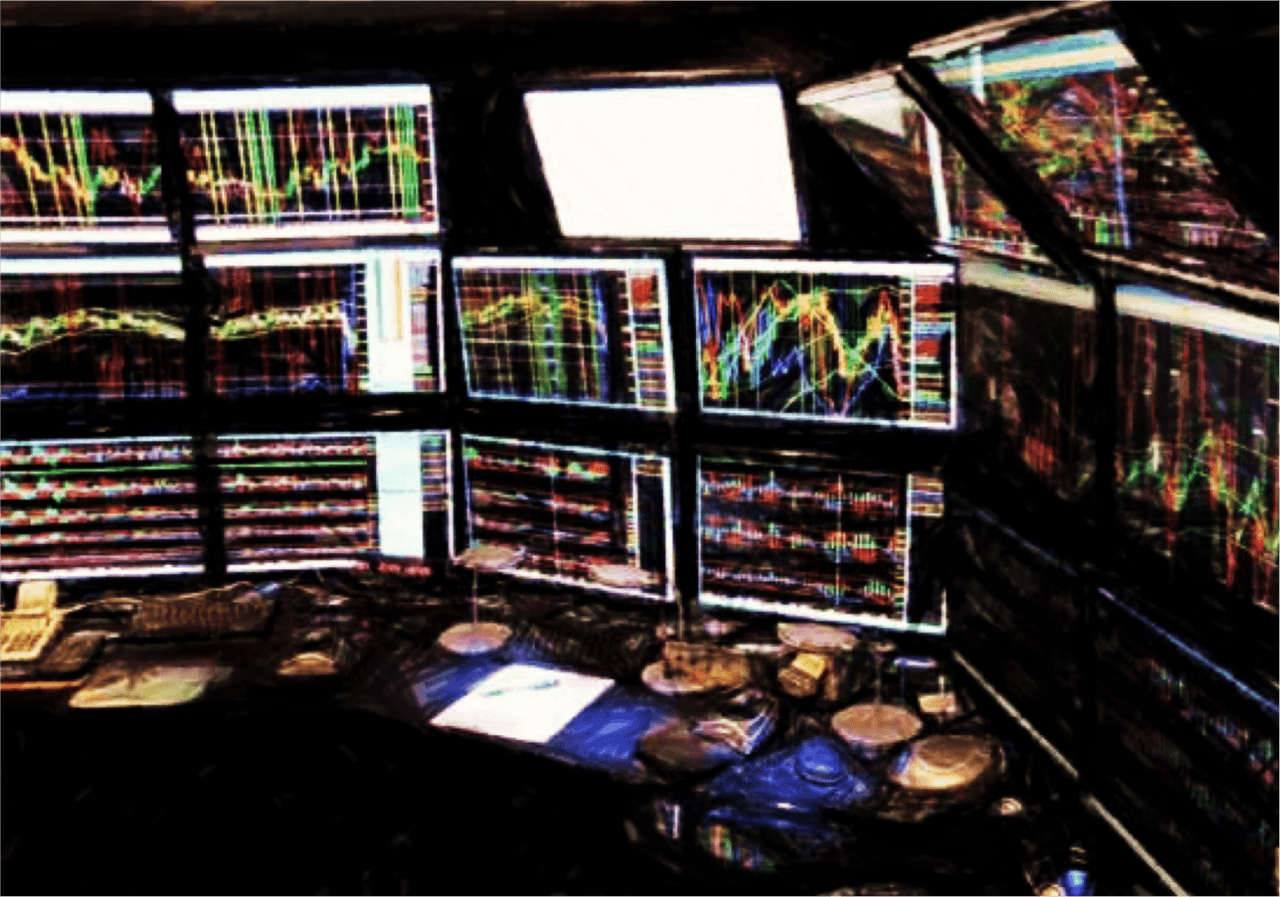
Forex Trading Fundamental Analysis Masterclass – Part 6.
In this chapter of the Forex Trading Fundamental Analysis Masterclass we will be focusing in Interest Rates and their differentials and Nominal Interest Rates vs. Real Interest Rates.
To start this chapter some wide words from top investors:
“I contend that financial markets never reflect the underlying reality accurately; they always distort it in some way or another and the distortions find expression in market prices. Those distortions can, occasionally, find ways to affect the fundamentals that market prices are supposed to reflect.” George Soros
“Remember, I am neither a bear nor a bull, I am an agnostic opportunist. I want to make money short- and long-term. I want to find good situations and exploit them.” Jim Cramer
“I contend that financial markets never reflect the underlying reality accurately; they always distort it in some way or another and the distortions find expression in market prices. Those distortions can, occasionally, find ways to affect the fundamentals that market prices are supposed to reflect.”
Trying to understand the interest rate differential is critical to manage a sound trading activity. Traders in the foreign exchange market – Forex – use interest rate differentials when pricing forward exchange rates to process their activities. Interest rate differential is therefore the percentage difference in the interest rate of two countries’ currencies. A differential that helps measuring the gap in interest rates between two similar interest-bearing market assets.
Interest Rate Differentials
When evaluating a trade involving a particular currency pair, many forex traders will compare one currency’s interest rate to that of the other in the pair as a starting point for deciding whether a particular currency is likely to strengthen or weaken. The difference between the two rates, which is referred to as the “interest rate differential,” is the most important value to look at when using this technique. It can also help you to identify currency shifts that may not be immediately apparent.
When an interest rate differential increases, it helps to reinforce the higher-yielding currency. Conversely, when the differential decreases, it will boost the lower-yielding currency. And when the interest rates of the two countries move in opposing directions, it can result in a massive price swing.
Nominal Interest Rates vs. Real Interest Rates
Just to make things a bit more complicated, there are in fact two different types of interest rate – nominal interest rates, and real interest rates.
Basically, the nominal interest rate doesn’t always tell the entire story, in that it doesn’t take into account adjustments for inflation. This is just the stated or base rate that you might see, for example, as the yield on a government bond.
However, the capital markets tend to focus on another number – the ‘real’ interest rate, rather than the nominal one. This makes sense, because if you had a bond with a nominal yield of 7% and the annual rate of inflation was 5%, the true yield of the bond would be 2%. As you can see, this is a massive difference, which is why it is so important to distinguish between the two.

Other articles in this series:
Forex Trading Fundamental Analysis Masterclass Part 1
Forex Trading Fundamental Analysis Masterclass Part 2
Forex Trading Fundamental Analysis Masterclass Part 3
Forex Trading Fundamental Analysis Masterclass Part 4
Forex Trading Fundamental Analysis Masterclass Part 5
Forex Trading Fundamental Analysis Masterclass Part 6
Forex Trading Fundamental Analysis Masterclass Part 7
Forex Trading Fundamental Analysis Masterclass Part 8
Forex Trading Fundamental Analysis Masterclass Part 9
Forex Trading Fundamental Analysis Masterclass Part 10
Forex Trading Fundamental Analysis Masterclass Part 11
Forex Trading Fundamental Analysis Masterclass Part 12
Forex Trading Fundamental Analysis Masterclass Part 13
Forex Trading Fundamental Analysis Masterclass Part 14
Forex Trading Fundamental Analysis Masterclass Part 15
José Ricaurte Jaén is a professional trader and Guest Editor / community manager for tradersdna and its forum. With a Project Management Certification from FSU – Panama, José develops regularly in-house automated strategies for active traders and “know how” practices to maximize algo-trading opportunities. José’s background experience is in trading and investing, international management, marketing / communications, web, publishing and content working in initiatives with financial companies and non-profit organizations.
He has been working as senior Sales Trader of Guardian Trust FX, where he creates and manages multiple trading strategies for private and institutional investors. He worked also with FXStreet, FXDD Malta, ILQ, Saxo Bank, Markets.com and AVA FX as money manager and introducing broker.
Recently José Ricaurte has been creating, and co-managing a new trading academy in #LATAM.
During 2008 and 2012, he managed web / online marketing global plan of action for broker dealers in Panama. He created unique content and trading ideas for regional newspaper like Capital Financiero (Panamá), La República (Costa Rica), Sala de Inversión América (Latinoamérica) and co-developed financial TV segments with Capital TV.
He is a guest lecturer at Universidad Latina and Universidad Interamericana de Panamá an active speaker in conferences and other educational events and workshops in the region. José Ricaurte worked and collaborated with people such as Dustin Pass, Tom Flora, Orion Trust Services (Belize) and Principia Financial Group.

































